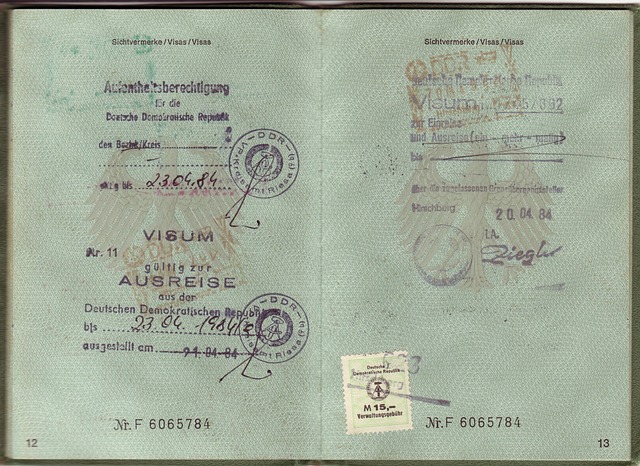Belgium’s Asylum and Refugee Policies: A Comprehensive Overview

Belgium, as a member of the European Union (EU) and a signatory to international conventions on human rights, plays an active role in addressing global migration challenges. The country has developed a structured framework for managing asylum applications and supporting refugees, reflecting its commitment to humanitarian principles while balancing national security concerns. This article provides a detailed look at Belgium’s asylum and refugee policies, including the legal framework, application process, integration efforts, and current challenges.
1. Legal Framework
Belgium’s asylum and refugee policies are shaped by both national legislation and international agreements.
International Commitments
- 1951 Geneva Convention: Belgium adheres to the United Nations’ 1951 Refugee Convention, which defines who qualifies as a refugee and outlines their rights.
- EU Directives: As part of the EU, Belgium implements directives such as the Common European Asylum System (CEAS), ensuring harmonized procedures across member states.
- Human Rights Treaties: Belgium is bound by treaties like the European Convention on Human Rights (ECHR), which prohibits returning individuals to countries where they face persecution or harm.
National Legislation
- The Aliens Act governs immigration and asylum procedures in Belgium.
- The Commissioner General for Refugees and Stateless Persons (CGRS/CGRA) is the central authority responsible for examining asylum claims.
2. The Asylum Application Process
The process for seeking asylum in Belgium involves several stages, each designed to assess eligibility and provide protection to those in need.
Step 1: Arrival and Registration
- Upon arrival, asylum seekers must report to a reception center or apply directly at the CGRS office.
- Biometric data (fingerprints and photographs) are collected to verify identity and prevent duplicate applications.
Step 2: Initial Screening
- A preliminary interview determines whether the applicant meets the criteria for international protection.
- If eligible, the individual receives temporary housing and basic support through the Federal Agency for the Reception of Asylum Seekers (Fedasil) .
Step 3: Substantive Examination
- The CGRS conducts a thorough investigation into the applicant’s background, reasons for fleeing, and risk of persecution in their home country.
- Decisions are based on evidence provided during interviews and supporting documentation.
Step 4: Decision and Appeals
- If granted asylum, the individual receives refugee status, granting them residency rights, access to employment, education, and social services.
- In case of rejection, applicants can appeal to the Council for Alien Law Litigation (CALL/CCE) , an independent judicial body.
3. Types of Protection Granted
Belgium offers three main forms of protection:
Refugee Status
- Awarded to individuals who meet the definition under the 1951 Geneva Convention.
- Provides long-term residency and travel documents.
Subsidiary Protection
- Granted to those who do not qualify as refugees but face serious threats (e.g., armed conflict, torture) in their home country.
- Valid for one year, renewable annually.
Temporary Protection
- Activated during large-scale crises, such as the 2022 influx of Ukrainian refugees following Russia’s invasion.
- Offers immediate shelter, healthcare, and work permits for up to three years.
4. Integration Efforts
Once granted protection, refugees are supported in integrating into Belgian society through various programs.
Housing and Social Assistance
- Fedasil assists with finding permanent accommodation and provides financial aid until self-sufficiency is achieved.
Language Training
- Free language courses in Dutch, French, or German help refugees adapt to daily life and improve employability.
Employment Support
- Programs like Actiris (in Brussels) and regional employment agencies connect refugees with job opportunities and vocational training.
Education
- Children have access to public schools, while adults can pursue higher education or retraining programs.
Community Initiatives
- Non-governmental organizations (NGOs) and local communities play a vital role in fostering inclusion through mentorship, cultural exchange events, and advocacy.
5. Challenges Facing Belgium’s Asylum System
Despite its robust framework, Belgium faces significant challenges in managing asylum and refugee issues.
Backlogs and Delays
- High volumes of applications often lead to processing delays, leaving asylum seekers in limbo for extended periods.
- Overburdened administrative bodies struggle to keep pace with demand.
Reception Capacity
- Limited availability of reception centers has resulted in overcrowding and inadequate living conditions for some asylum seekers.
Public Perception
- Rising anti-immigration sentiment in certain segments of society complicates efforts to promote acceptance and integration.
- Political debates over migration policies sometimes overshadow humanitarian considerations.
EU Coordination
- Disparities in asylum practices among EU member states create tensions, particularly regarding responsibility-sharing for migrants arriving via irregular routes.
6. Recent Developments
Recent years have seen notable developments in Belgium’s approach to asylum and refugees:
Ukraine Crisis Response
- Belgium swiftly activated temporary protection mechanisms for Ukrainians, providing expedited access to housing, healthcare, and jobs.
Policy Reforms
- Efforts to streamline asylum procedures and enhance cooperation with source countries aim to address inefficiencies and reduce irregular migration.
Focus on Root Causes
- Belgium contributes to international initiatives addressing the root causes of displacement, such as poverty, climate change, and conflict.



